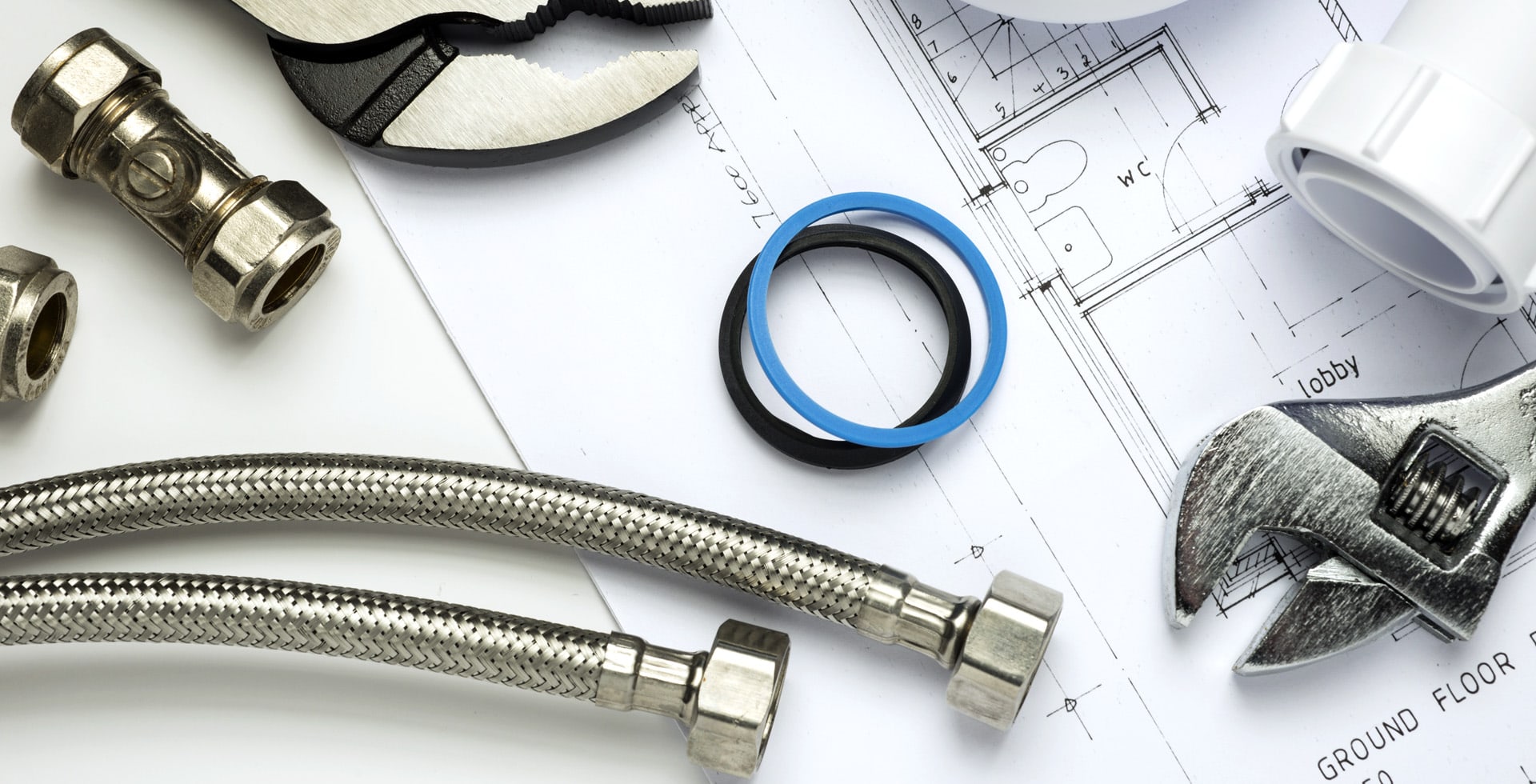Common Issues Found During Roof Inspections
A roof is one of the most essential components of any building, providing protection against weather elements and contributing to the overall integrity of the structure. Regular roof inspections are crucial to identifying potential problems before they escalate into significant repairs. Below are some common issues found during roof inspections that homeowners and building managers should be aware of.
1. Missing or Damaged Shingles
Shingles are the first line of defense when it comes to protecting your roof from the elements. During a roof inspection, inspectors frequently find:
- Missing shingles due to wind or heavy rain.
- Cracked or curled shingles indicating wear and age.
- Shingles that have lost their granules, affecting their effectiveness.
Replacing missing or damaged shingles promptly can help prevent leaks and further damage to your roof structure.
2. Improperly Sealed Flashing
Flashing is used to direct water away from critical areas of the roof, such as chimneys, vents, and valleys. Issues related to flashing include:
- Corroded metal flashing that fails to prevent water intrusion.
- Improperly sealed flashing that allows moisture to seep beneath the roofing material.
- Loose or missing flashing around roof penetrations.
Inspection of flashing is vital, as any compromise can lead to significant water damage inside the building.
3. Ponding Water
Ponding water occurs when water remains on the roof after a rainfall. This condition can lead to:
- Increased wear on roofing materials, leading to premature failure.
- Ice formation during colder months, which can cause additional damage.
- Encouragement of mold and algae growth, which can impact air quality.
An inspection can help identify areas prone to ponding and recommend solutions to promote proper drainage.
4. Curling or Buckling Shingles
As shingles age, they may start to curl or buckle. This can be caused by:
- Improper installation or insufficient ventilation.
- Extreme weather conditions that age the roofing material prematurely.
- Moisture trapped beneath the shingles causing deformation.
Curled or buckled shingles need to be addressed to maintain a watertight seal and avoid further deterioration.
5. Ventilation Issues
Proper ventilation in the attic space is essential to prolong roof life and maintain energy efficiency. Common ventilation issues include:
- Blocked vents that prevent air circulation.
- Insufficient intake and exhaust systems leading to overheating.
- Moisture buildup causing mold and wood rot.
During a roof inspection, checking ventilation is critical to prevent long-term damage.
6. Gutter Problems
Gutters play a significant role in directing water away from the roof and foundation. Roof inspections often reveal:
- Clogged gutters that can overflow and cause water damage.
- Damaged or sagging gutters that may not properly divert water.
- Improperly placed downspouts failing to channel water away from the structure.
Keeping gutters clean and in good condition is vital for overall roof health.
7. Roof Age and Material Wear
Understanding the age and condition of roofing materials helps predict potential issues. Factors include:
- The lifespan of various materials (e.g., asphalt, metal, tile).
- Visible signs of wear such as cracking, missing pieces, or discoloration.
- Older roofs are more susceptible to leaks and damage.
An accurate assessment of the roof’s age and condition can guide future maintenance and replacement planning.
8. Wildlife Infestation
Sometimes, animals find their way onto the roof, leading to damage. Common issues include:
- Nests that obstruct vents or gutters.
- Chewed wires or insulation by rodents.
- Damage to roofing materials by birds or larger animals.
Inspectors should check for signs of wildlife and recommend remediation if necessary.
Conclusion
Regular roof inspections are essential for maximizing the lifespan of your roof and maintaining the safety of your home or building. By identifying issues such as missing shingles, improper flashing, and ventilation problems, you can take proactive steps to address concerns and avoid costly repairs. Whether you’re scheduling an inspection for a routine check or noticing signs of wear, staying informed about common roof issues is crucial for maintaining the integrity of your structure. Always consult with a professional roofing contractor for thorough inspections and maintenance recommendations tailored to your specific needs.

